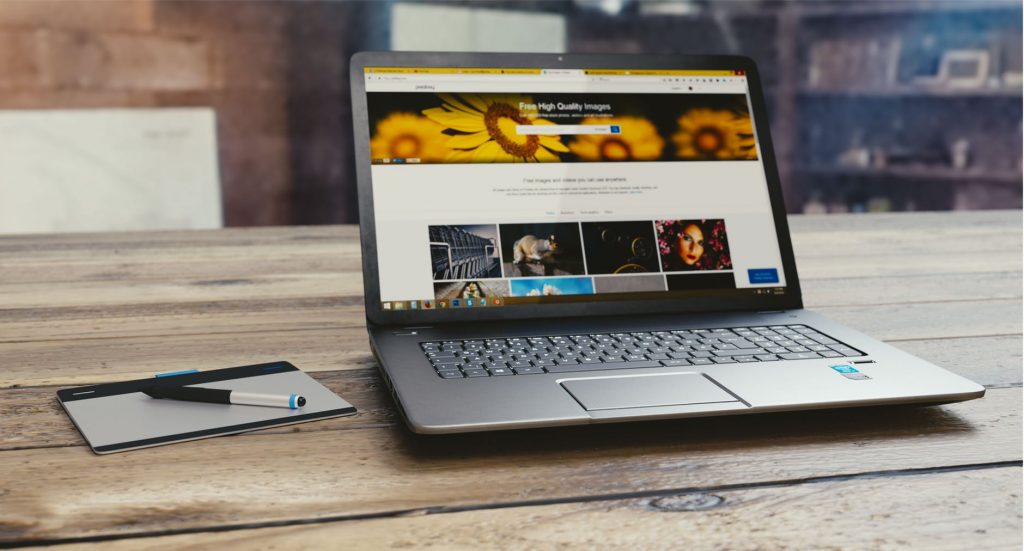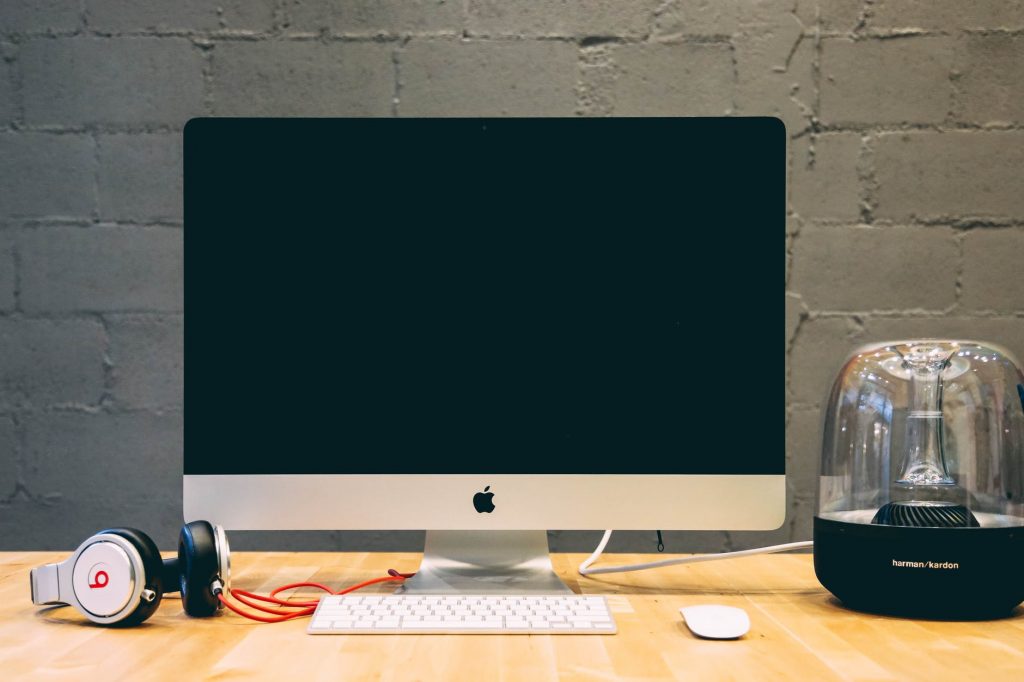Buying a computer for work can be a daunting job. There are many brands and a lot of distinct models and features. Which is the right for you? Just how much should you invest? Do you require laptops, a desktop computer, or a tablet hybrid? What about an all-around or a touchscreen pc? How can a company decide what to expect? There’s not any magic formula to follow to ensure you get the ideal computer, however, there are a couple of things to remember which can allow you to make your choice. Here are 10 strategies for purchasing small-business computers.
1. Don’t Go For The Cheapest.
Time is money. You’ll spend longer in wasted time searching for an inexpensive computer than you may spend on a nice computer. Yes, that deal computer you discovered for $300 has been a fantastic purchase. Its lack of speed and functionality will cost you more than that. Scrape together the funds to invest in a well functioning high range computer.
2. Decide on a Running System and Stick with It.
There’s little overall difference between Microsoft Windows OS and Apple Mac OS. Utilise exactly the identical operating system for your whole business, unless you’ve got special needs ordering one working system over the other. In the long term, either OS will find the task finished.
3. Choose Whether You Want Portability.
Will your job require you to work away from the office? Then opt for a laptop. If you’re most likely to not leave your office, get a desktop computer. Desktops are usually more affordable for comparable hardware (not to mention computer parts). Desktops are hardier, more readily mended, and readily updated. Should you have to work in your home, on the street, whilst travelling at meetings, etc., then receive a notebook. When you are at your desk, then simply plug in a fantastic mouse and regular-size computer keyboard. It’s possible to save yourself a little money by jumping out on a docking station. Most notebooks have each the ports you want.

4. Get the Finest Processor You’ll be able to.
The chip is the core of your PC. When it’s slow, then your system will probably be slow. It’s also the toughest bit to update. You may always add more RAM (memory) or find a bigger hard disk in the future.
5. Speed Is Not the sole Processor Spec to Look at.
A fantastic chip will have multiple cores. You need at least twice, and four is about as large as most consumers will ever have to go. Users that are producing 3D visuals, photo-realistic graphics, animations, modeling, or other art services could require eight or more cores. Confirm that together with your software provider to work out the perfect variety of cores.
6. Use as numerous RAM Chips as potential.
Your computer’s motherboard will probably possess RAM slots at multiples of 2. You should fill all of them, however many you can find. Whether there are four slots, then add four RAM processors. This will supply four access points into your RAM. The more access you have, the quicker things will proceed.
7. There Are Various Sorts of Video Cards for a Reason.
A video card made to function for matches works great for matches. It isn’t meant for CAD work. You can most likely get your job done (or play your matches) just good, but do not presume that if it works nicely for a match it is going to work nicely for you. Games are intended to render the display fast and often. In case it creates an error, it is no big deal since in a fraction of a millisecond the display is changing anyhow. If you’re creating a movie or 3D exhibition showcase, the display will remain the exact same for a short time. It needs to be correct. Find the perfect video card to suit your needs.
8. Buy ISV-Certified Equipment.
Autodesk and a number of other software vendors execute their own evaluations on hardware and examine them. This can be known as an ISV or Independent Software Vendor certificate. Businesses that produce the applications test the hardware to be sure it functions nicely with their merchandise. If they say it is excellent to use, it is excellent to use.

9. Prevent Buying Last Year’s Model.
Buying last year’s version can help save you money in the brief term, however, I refer you back to tip number one. You should purchase the most recent model to be up to date with the software and performance. Your computer is intended to last a decent number of ears. When it is a year behind until you purchase that, then you’re already behind. A benchmark audit will let you know which model is the most advanced and worth the money.
10. Keep in Mind That You, Your Workers, Will Use This Tool Everyday, All Day Long.
Be sure that it does what you want it to. Any delay brought on by the computer costs you money, which price will be greater than the total cost of this computer.
Purchasing a computer can be intimidating and costly. It’s easy to become caught up at the line-item expense. Remember that any problems brought on by the pc will cost you cash. Spending just a bit more upfront can help you save money in the long run. It’s challenging to quantify that price however some business owner advice would be to maximise efficiency with the best tools.
Before updating your computers, have your customers quantify their downtime or any delays due to the computer. When they receive their new machines, do the exact same thing. The new computers will not be perfect, of course, However, You Will see fewer flaws and fewer flaws which damage productivity. Additionally, employee morale is improved with the introduction of a new computer.
